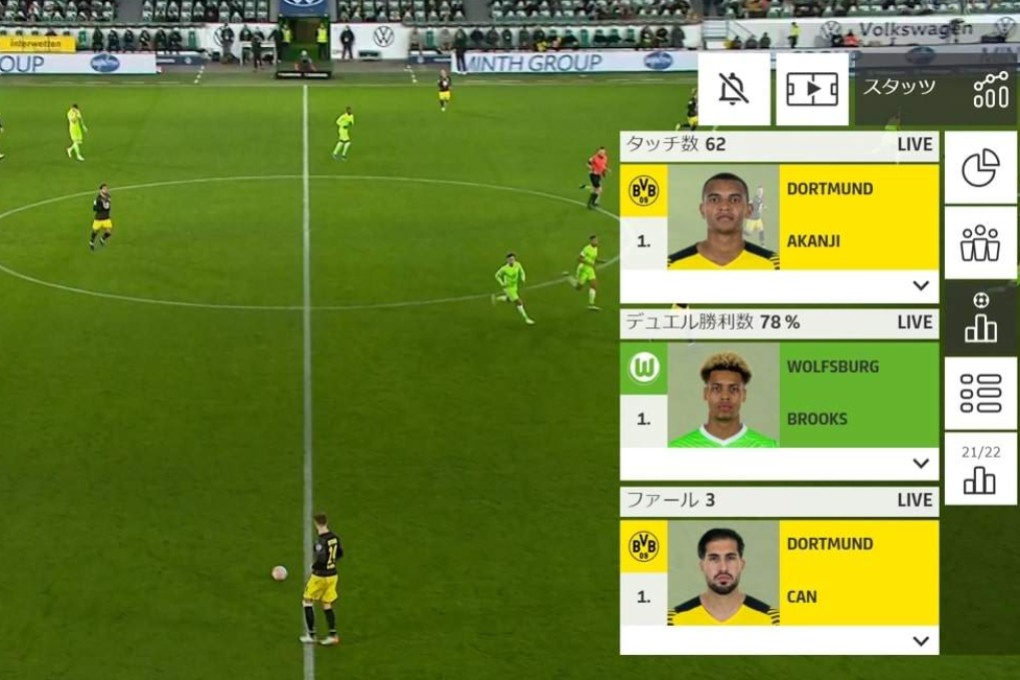Bundesliga’s new AI takes fan-first approach to whole new level, putting control in palm of supporters’ hands
- Digital boss Kevin Sim wants to transform traditional, fragmented viewing experience, with Japan already on board
- ‘Hong Kong is one of the markets we would really like to try to bring the feed to life. It’s ideal,’ Sim says

The top flight of German football concludes this weekend, and the final games of the Bundesliga season will all kick-off at the same time on Sunday.
With champions Bayern Munich unreachable at the top, attention will focus on the battle for European places, the fight to avoid relegation, and regional bragging rights.
And with nine games to keep track of, supporters will invariably be flicking through different television channels and streaming sites to keep up with all the action, as it happens.
But what if you could access all nine games and learn about the form and records of all 198 starting players, 162 substitutes, and more, on one screen? Enter the potentially game changing, AI-driven Bundesliga Interactive Feed.
First launched in Japan last October, the feed is designed to give fans access to all the games, goals, and key moments in one place on their mobile phone or other devices, but with the difference that they control what they see and how.
Kevin Sim, Bundesliga head of Asia-Pacific, said the league’s motivation in designing the feed was to create a “unique fan experience” that went beyond the traditional, where fans had to follow matches across multiple television stations, websites or apps.

“Fans want a much more engaging service – they are not satisfied with just watching a broadcast, they want to consume it and find out more,” Sim said.
